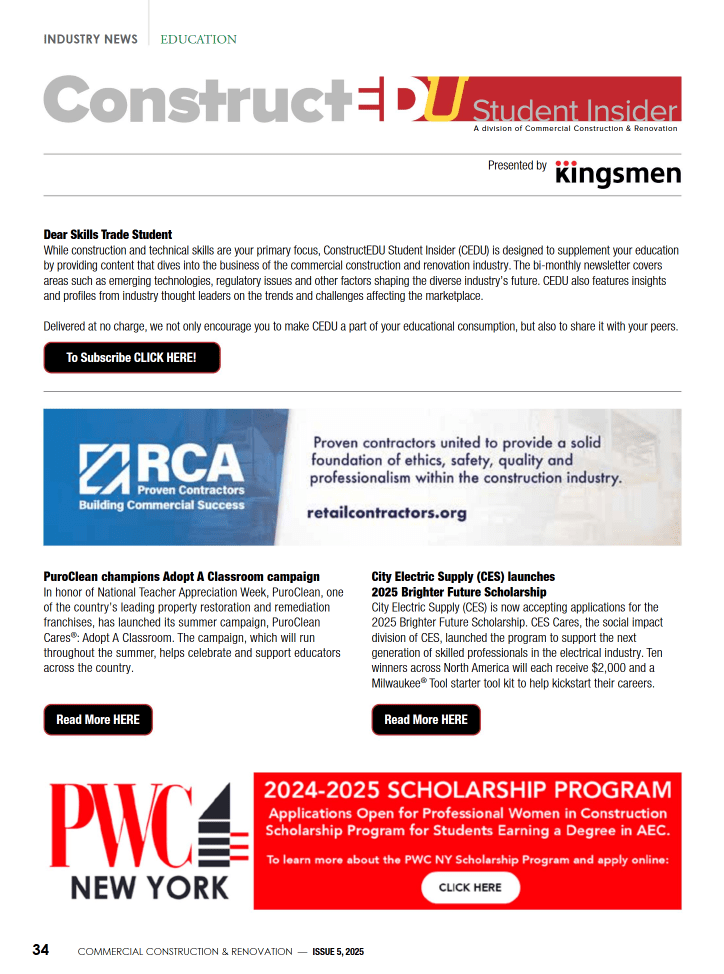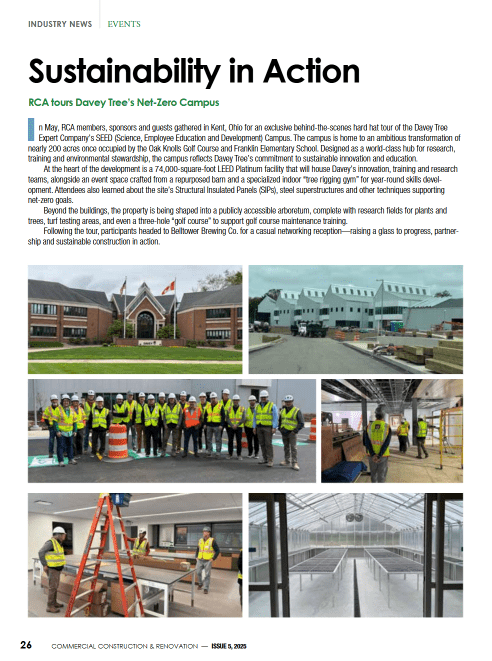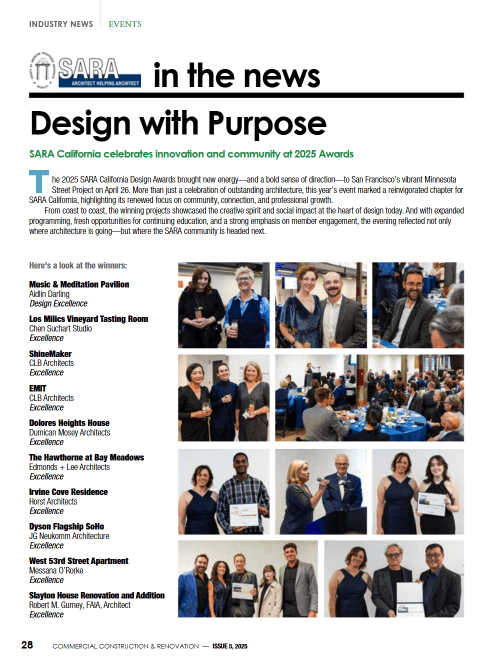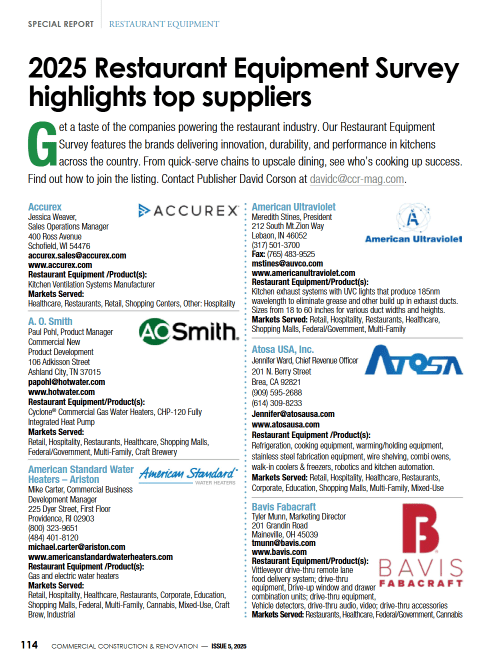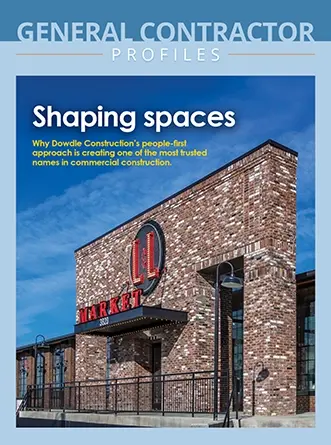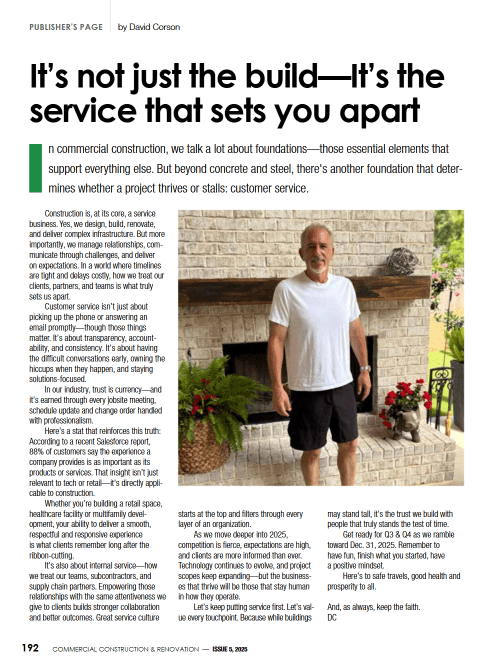Construction can be a dangerous field to work in, no matter the time of year. There are risks of head trauma, broken bones and more anytime you’re working on ladders and in other elevated areas or using certain equipment.
Those challenges and risks can be amplified during the winter months. There are low wind chills and freezing temperatures along with snow and ice.
The following are some things for construction workers to remember to stay safe in winter. Some of these are tips that all outdoor workers can keep in mind during the cold weather months.

Watch the Weather
Always keep an eye on the upcoming weather forecast. If you have a crew you’re in charge of, this is especially important. Don’t push the people who work for you too hard when conditions are dangerous.
If there’s a blizzard headed your way, you shouldn’t have your workers on a job site.
Know when you should limit outdoor work based on temperatures and other weather conditions.
You can also try to work a schedule where outdoor work is done during the warmest times of day.
Inspect and If Necessary, Clear Sites
When there’s winter weather, there needs to be someone dedicated to regularly inspecting construction sites everyday before everyone starts to work.
This person, whether it’s you or someone else, should be looking for downed trees and power lines.
Snow and ice should be moved from surfaces and walkways, as well as ladders, scaffolding, and roofs.
There needs to be a dedicated point person who puts down ice or sand, and if something can’t be cleared, make sure it’s marked so all the workers know.
If you’re a worker on a job site with snow or ice, be careful as you’re carrying tools and other materials.
Icicles should be cleaned from any areas where they’ve formed. Otherwise, they can become a falling object hazard.
Have a Heated Break Area
When you’re working in the cold, you’re using more energy to keep yourself warm. You need to take enough breaks and if your employer doesn’t offer one, ask for a heated area where you can regularly go throughout the day. This can be an indoor area, a tent, or a heated trailer.
If you’re in charge of outdoor workers, encourage them to take frequent breaks. They should not just rest, but also change any wet clothes and drink hot liquids during this time.
Anyone working outdoors when it’s cold should be conscious of nicotine, caffeine, and other stimulant use as well. It can increase your heart rate and make you feel warmer than you are, leading to a higher risk of hypothermia or frostbite.
Protective Gear
All employees should be wearing appropriate personal protective equipment. This includes:
- Hard hats—often you should wear these year-round, depending on the type of construction work you do. In the winter, they can be especially important to protect against icicles and other falling objects, as well as falls on ice. If you use a liner, they can prevent less heat from escaping and help you stay warmer.
- Gloves or mittens—gloves are likely the better choice so you still have the dexterity you need on the job. Keep your hand coverings on when you’re climbing ladders or getting into equipment. If you touch cold metal with your bare hands, it can lead to immediate frostbite.
- Boots—anyone working construction in winter should wear waterproof boots with a non-slip sole. Extra socks are important, too, especially if you’re wearing steel-toed boots.
Follow Instructions Before Warming Up Equipment
When you’re warming up any equipment, you should follow all instructions. Wires and hoses get brittle when it’s cold, and they need to be fully and properly warmed up to avoid damage.
Check fluid levels in your equipment and make sure the fluids are properly rated for the temperatures you’re currently experiencing in your area.
Clean any ice from steps and windshields.
In the winter, there are particular risks of working with compressors and other types of pneumatic tools.
With your air compressor, drain fluid from the tank every time you use it. Otherwise, the moisture that’s accumulated can damage your tank if it freezes.
All pneumatic tools should have antifreeze and you should warm up your empty nail guns when the temperatures are freezing before using them.
Dressing to Stay Warm
Your ultimate goal when you’re working outside and the temperatures are cold is that you stay warm. You also need a balance between that warmth and being able to properly do your job.
Lightweight layers are a good option. Your base layer should be a thermal that wicks moisture away from the body. Then, you’ll want a waterproof outer layer.
Bring a change of clothes to work each day. If you get wet, it’s important to change quickly.
Make sure your extremities aren’t exposed to cold. Cover your ears and fingers in particular. You might also wear a balaclava on your face, which works well since COVID-19 is currently an issue.
Know Injury and Illness Signs
When you’re working outside in the winter or in unheated, unfinished places you should know how to identify the signs that someone has a winter-related illness or injury.
Winter conditions can lead to a variety of health problems.
Lack of coordination, slurred speech, and clumsiness are all symptoms of hypothermia. These are also signs of a medical emergency. Hypothermia symptoms can also include memory loss or exhaustion.
There’s a condition called trench foot that’s more common when temperatures are very cold.
Trench foot is an injury that occurs because of ongoing exposure to cold, wet conditions. Signs of trench foot include tingling, swelling, redness, numbness, leg cramps, and blisters.
Signs of frostbite include redness, hard, waxy, numb skin, and grayish-yellow skin.
Being in construction always has risks, but those can be amplified during the cold weather months. Know how to look out for yourself and others on the job site.




















